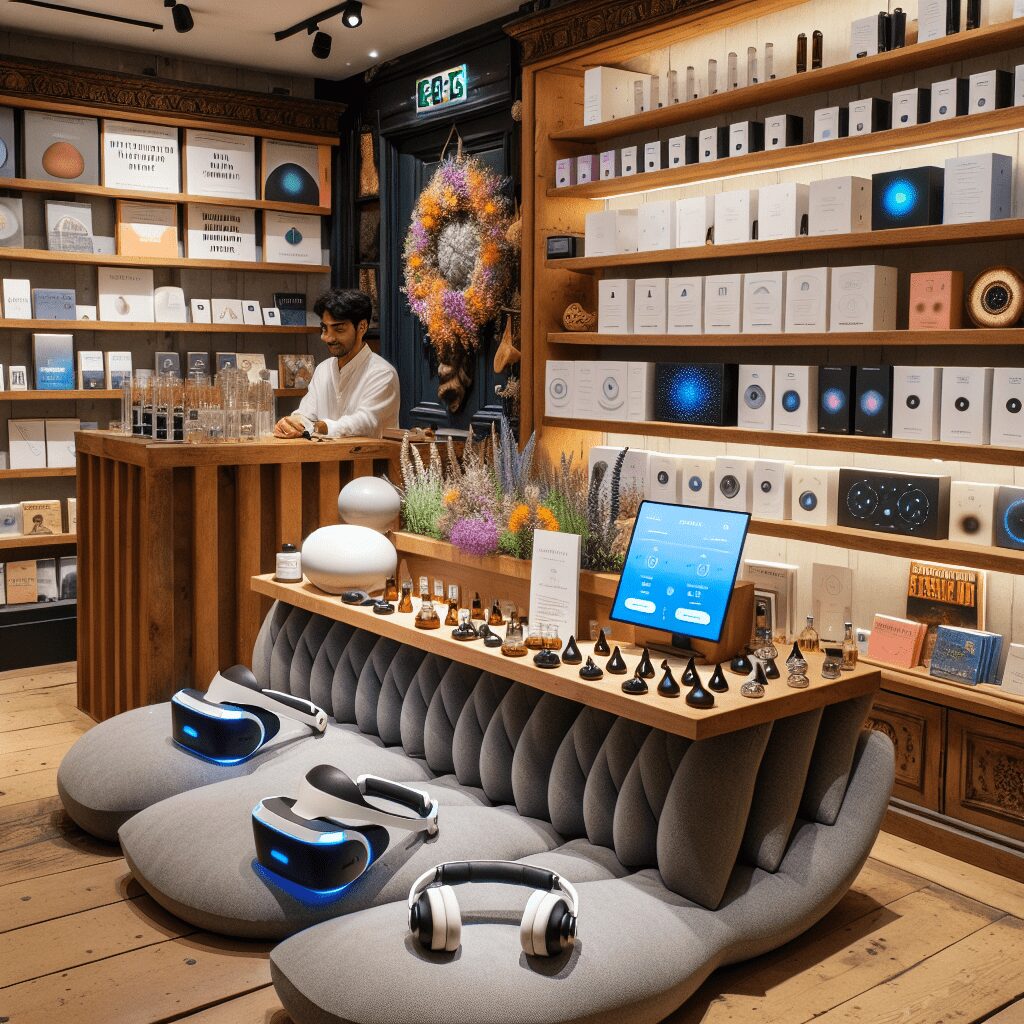
Prioritize your mental well-being daily. Enhance your life by nurturing your mental health with the Smart Meditation app. Break free from stress, alleviate anxiety, and enhance your sleep quality starting today.
What Is Caffeine Induced Anxiety Disorder?
Unveiling the Buzz: Understanding Caffeine-Induced Anxiety Disorder
In a world where the pace never seems to slow down, caffeine has become the fuel that keeps our engines running. From the essential morning coffee to those energy drinks that promise to vault us into unparalleled productivity, caffeine is ubiquitous. Yet, amidst this caffeinated craze, there’s a lesser-discussed phenomenon that’s impacting jittery java lovers far and wide: Caffeine-Induced Anxiety Disorder (CIAD). So, let’s take a closer look, shall we?
The Caffeine-Anxiety Nexus
To get our facts straight, caffeine is a stimulant, and its primary target is the central nervous system. Here’s the kicker – while it can boost alertness, decrease fatigue, and sometimes even make us feel like we can conquer Mount Everest on a unicycle, it has a darker side too. For some folks, caffeine is like that friend who starts a party in your brain but forgets to turn off the music. The result? Anxiety, restlessness, and sometimes even full-blown panic attacks.
But how does this happen? Well, caffeine operates by blocking adenosine, a neurotransmitter that promotes relaxation. This blockade leads to an increase in adrenaline – the “fight or flight” hormone – and elevates the body’s stress levels. Mix in a bit of individual sensitivity to caffeine, and voilà, you’ve got yourself a recipe for CIAD.
Spotting the Signs: Do You Have CIAD?
Okay, now that we know the beast, how do we spot it? CIAD isn’t just about feeling a tad jittery after your triple-shot espresso; it’s a more insidious affair. Here are a few signs to watch out for:
- Racing Heartbeat: Feels like your heart’s trying to win a marathon without your consent.
- Restlessness: Sitting still becomes as hard as saying no to a free coffee.
- Unexplained Nervousness or Irritability: Smallest things bother you more than they should.
- Difficulty Sleeping: Your body’s tired, but your brain’s throwing a rave.
- Panic Attacks: The granddaddy of them all, where anxiety hits its peak performance.
If these symptoms seem all too familiar every time you indulge in caffeinated bliss, it might be time to ponder over your caffeine relationship.
Turning Down the Volume: Tips to Manage CIAD
Fear not, for it’s not all doom and gloom. Taming your caffeine-induced anxiety doesn’t necessarily mean you have to break up with caffeine altogether (though reducing intake is always a good starting point). Here are a few strategies to keep your love for caffeine without the side of panic:
- Moderation is Key: Listen, no one’s saying you can’t enjoy a good cup of joe. Just try to keep it to a sensible amount. Most experts agree that 400 mg of caffeine (about four cups of coffee) is a safe daily limit for most people.
- Know Your Limits: Everyone’s caffeine tolerance varies. Pay attention to how your body reacts and find your sweet spot.
- Hydrate, Hydrate, Hydrate: Water can help dilute the potency of caffeine in your system. Plus, it’s just plain good for you.
- Choose Wisely: Opt for lower-caffeine beverages if you find yourself sensitive. A latte might treat you kinder than a straight espresso shot.
- Mind the Timing: Avoid caffeine later in the day to ensure it doesn’t interfere with your sleep. Quality Z’s are paramount for managing anxiety.
Remember, folks, the aim here isn’t to paint caffeine as the villain of our story. Like many good things in life, it’s all about balance and understanding how our bodies react to it. If caffeine-induced anxiety is cramping your style, a few adjustments can help you maintain that sacred coffee ritual without the unwanted buzz of anxiety. After all, life’s too short for bad coffee or unnecessary jitters. Happy sipping!





